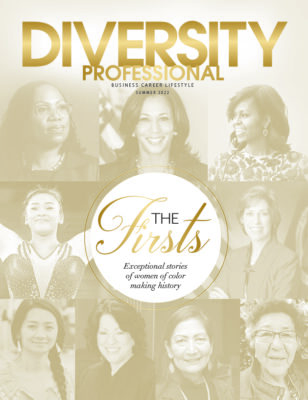CREATING A BETTER FUTURE BY SUPPORTING NEW AND EMERGING TECHNOLOGIES
Using public relations to adapt to a changing work landscape.
Emerging technologies are technologies that are currently being developed, or a new technology that is built into an existing product. These technologies are changing day by day and strive for market-fit in a consumer-driven world. Some examples include virtual reality (VR), augmented reality (AR), artificial intelligence (AI), and blockchain technology with NFTs (non-fungible tokens), among others. NFTs are artificially scarce digital objects created by using blockchain technology to mint “unique” versions of digital artwork, sports memorabilia, famous photographs and anything else that can be digitized.
Most of these technologies are focused on growth, putting an emphasis on scalability, and how impact might be made to solve human problems and deliver feasible solutions. A smart business might possess strategic focus, which includes consistent high performance, a niche segment, operational excellence in the form of user experience, and effective pricing strategies to increase growth and retention.
Growth research can come in the form of secondary market research, primary user experience research, or blending both. And businesses that use both research types share a commonality, which is to understand their own business challenges, so that they design products for users’ needs first. Growth research from a user experience perspective simply is listening intently to user needs, empathizing with their unique experiences, implementing user insights, and reiterating the process all over again year over year. Corporate leaders must accept that growing a business or product comes with change and time.
Existing secondary research starts with understanding a target audience’s demographics, psychographics, pain points, habits, and motivations for using a specific product. The problem always stands: “How Might We (HMW)” ensure a new product is relevant and competitive enough to pique emotional interest from an everyday consumer in a competitordominated marketplace?
It is important to conduct secondary market research on competitors and to collate existing user data. However, we need to feel confident that our findings fit into a consumer’s lifestyle. This is where primary user experience research comes in— speaking directly with target groups. In the design thinking phase, we build empathy for the user, define the problem, prototype, and test.
We use these human-centered design principles to uncover what delights or frustrates a user with an existing product, or new prototype. With this being done, businesses can reiterate with testing, and implement user feedback into MVPs.
After many years working as a user experience researcher and designer in the technology industry, including as a communications and marketing expert in Hollywood, I found a pain point most technology products face after launch. This is product visibility. After the testing and prototyping, then deploying a real product into the world, what comes next? Tech entrepreneurs and businesses need a tech-savvy communications process to breakdown technical language into easy-to-understand specifications for the public. However, some tech businesses who are not prepared after product launching, receive less product visibility, or perhaps a negative sentiment from the market if they do not know how to communicate their product properly.
This is the reason why I founded Corelini PR, a technology public relations firm, and became a tech publicist. I fused my years of UX tech expertise, coupled with public relations, to craft tech-savvy communications strategies, so that my tech clients can land press success in media outlets. More importantly, it’s my job to create an emotional connection with their product users to build trust and credibility.
As a futurist, and forward thinker, I truly believe in a transformed world with meaningful technology products. My mission is to usher these bright minds into the spotlight, so that they too can execute their own missions on Earth. And possibly beyond! When we consider future studies, things that should come to mind is how might we adapt? What has happened in the historical past, or is happening now, that might probably affect our future?
We must pay careful attention to emerging technologies if we want to acclimatize in a future world. Thinking ahead and asking oneself about the position we see ourselves in a new world is key. Becoming versatile now and adopting interdisciplinary skills does help.
In the end, considering that each day the world is evolving, brainstorm some ways to make learning new skills or tools a priority. Here’s an idea: imagine what role you might play in the future, where do you see yourself in the next 10 to 20 years? Can such new skills or tools be implemented into an existing business? Is an existing position adaptable? If not, imagine in a distant future, any roles that might exist that one might be a good fit for, and begin training now. Once again, follow the historical trends, and adaptability will be satisfactory. Change is inevitable.









